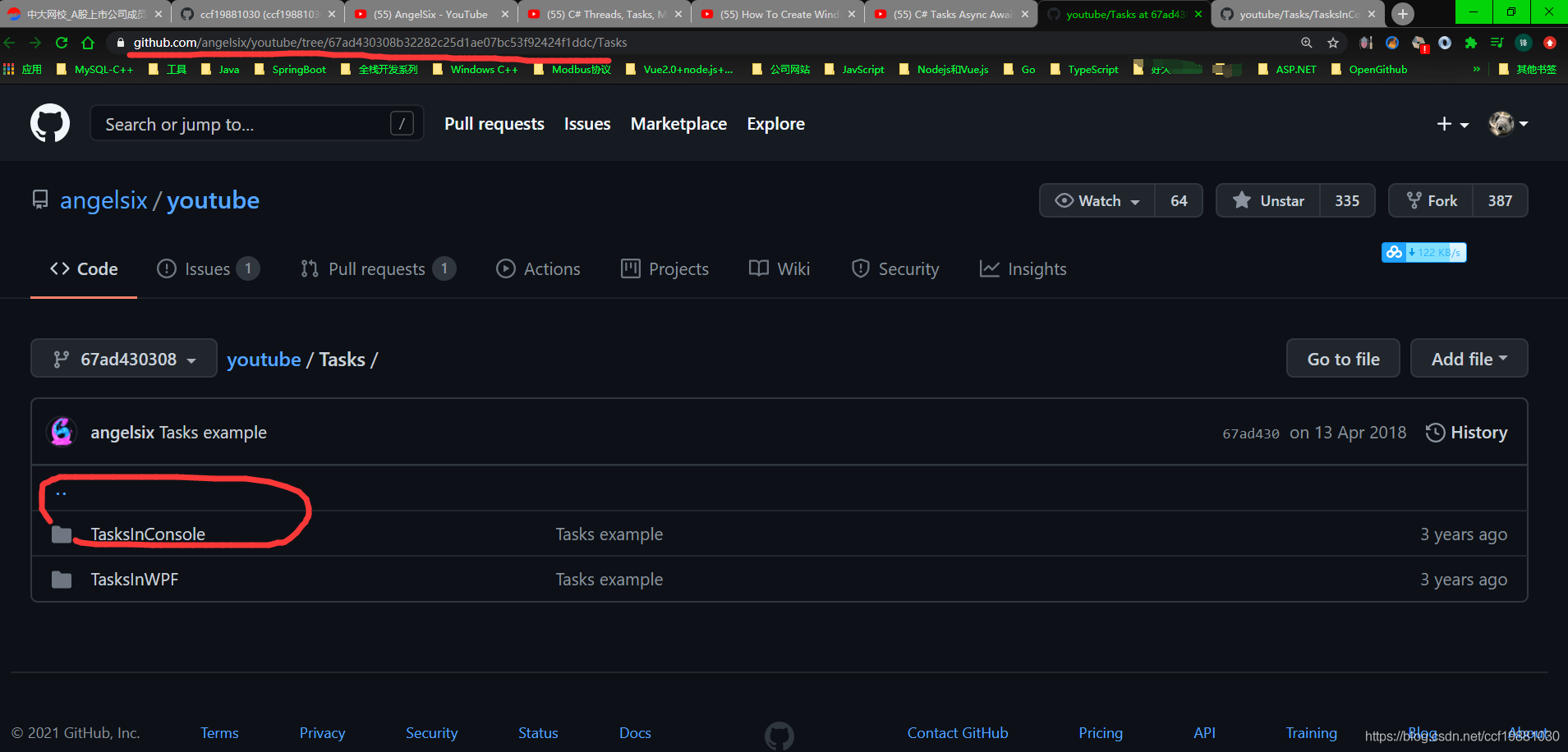可以将文章内容翻译成中文,广告屏蔽插件可能会导致该功能失效(如失效,请关闭广告屏蔽插件后再试):
问题:
I want to create a .DBF file from SQL table records.
Such as if there is a table named CountryMaster in SQL and it has 5 columns:
- ID int identity(1,1)
- Name varchar(100)
- Details varchar(200)
- Status bit
- CreatedDate datetime
And it has 100 rows.
How can I export these records with headers in .DBF file from C#?
NOTE: Created .DBF file size must be very compact.
回答1:
You can see the Xbase Data file (*.dbf) structure and write your own code but I have done the implementation and have been using it for years. Here you can find it on GitHub
How to use the library
There are some write methods in a file named DbfFile.cs. You may use any of them. I will explain some of them:
The First Write Method
Save a DataTable as dbf file:
static void Write(string fileName, System.Data.DataTable table, Encoding encoding)
fileName: is the location which you want the .dbf output file be saved. table: is your data which you have read from the SQL Server or any other source. encoding: the encoding to be used when saving the string data
The Second Write Method
Save a List<T> into a dbf file.
static void Write<T>(string fileName,
List<T> values,
List<Func<T, object>> mapping,
List<DbfFieldDescriptor> columns,
Encoding encoding)
Read the database and save the result into some class type then save class value to dbf file using this method. Here is description of it's parameters:
fileName: the dbf file name to be savedvalues: Your data as a List of objects of type T to be saved into a dbf filemapping: A list of functions that tell this method how to retrieve data from the class type.columns: dbf column informationencoding: the encoding of the dbf file.
Example for the Second Write Method
As the first approach is straight forward, I provide you with and example on the second write method. Consider you want to save a List<MyClass> data into a dbf file. Here is the code
class MyClass
{
public int Id {get;set;}
public string Name {get;set;}
}
Now you can save a List<MyClass> into a dbf file like this:
var idColumn = DbfFieldDescriptors.GetIntegerField("Id");
var nameColumn = DbfFieldDescriptors.GetStringField("Name");
var columns = new List<DbfFieldDescriptor>() { idColumn, nameColumn };
Func<MyClass, object> mapId = myClass => myClass.Id;
Func<MyClass, object> mapName = myClass => myClass.Name;
var mapping = new List<Func<MyClass, object>>() { mapId, mapName };
List<MyClass> values = new List<MyClass>();
values.Add(new MyClass() { Id = 1, Name = "name1" });
DbfFileFormat.Write(@"C:\yourFile.dbf", values, mapping, columns, Encoding.ASCII);
Also using this library you can read dbf files and your code do not
depend on Microsoft.Jet.OLEDB or anything else.
enjoy it.
回答2:
Mostly all of the information you need can be seen at Trouble with Insert Into .dbf file, because it shows how to create a table and insert values into it while creating a .dbf file. You will need to make some modifications for the fields you have specified, but the page describes everything you need.
回答3:
Id like to help. However, id stick with the plain process with OLEDB for VPF.
CREATE TABLE DBF
This could be your create table script for .DBF
CREATE TABLE "C:\test.dbf" ([ID] Numeric(18,0), [Name] Char(100) NULL, [Details] Char(200) NULL, [Status] Logical NULL, [CreateDate] DATETIME NULL)
Then, you can call this one from an OLE DB script like as used below.
string vpfScript = "CREATE TABLE \"C:\test.dbf\" ([ID] Numeric(18,0), [Name] Char(100) NULL, [Details] Char(200) NULL, [Status] Logical NULL, [CreateDate] DATETIME NULL)";
string connectionString = @"Provider=VFPOLEDB.1;Data Source=C:\test.dbf";
OleDbConnection connection = new OleDbConnection(connectionString);
using (OleDbCommand scriptCommand = connection.CreateCommand())
{
connection.Open();
scriptCommand.CommandType = CommandType.StoredProcedure;
scriptCommand.CommandText = "ExecScript";
scriptCommand.Parameters.Add("myScript", OleDbType.Char).Value = vfpScript;
scriptCommand.ExecuteNonQuery();
}
IMPORT ROW IN TABLE
To import rows in a DBF table, its not as far as the usual SQL scripts we do in other DB's.
string vpfScript = "INSERT INTO \"C:\test.dbf\" ([ID], [Name], [Details], [Status], [CreateDate]) VALUES (1,'test john','test details',.t.,{^2015-09-15)";
string connectionString = @"Provider=VFPOLEDB.1;Data Source=C:\test.dbf";
OleDbConnection connection = new OleDbConnection(connectionString);
using (OleDbCommand scriptCommand = connection.CreateCommand())
{
connection.Open();
scriptCommand.CommandType = CommandType.StoredProcedure;
scriptCommand.CommandText = "ExecScript";
scriptCommand.Parameters.Add("myScript", OleDbType.Char).Value = vfpScript;
scriptCommand.ExecuteNonQuery();
}
You can just now change the values what fits your need, just like the usage below.
DataTable dt = new DataTable(); // assuming this is already populated from your SQL Database.
StringBuilder buildInsert = new StringBuilder();
string connectionString = @"Provider=VFPOLEDB.1;Data Source=C:\test.dbf";
OleDbConnection connection = new OleDbConnection(connectionString);
using (OleDbCommand scriptCommand = connection.CreateCommand())
{
connection.Open();
foreach(DataRow dr in dt.Rows)
{
string id = dr["ID"].ToString();
string name = dr["Name"].ToString();
string details = dr["Details"].ToString();
string status = Convert.ToBoolean(dr["Status"]) ? ".t." : ".f.";
string createDate = "{^" + Convert.ToDateTime(dr["CreateDate"]).ToString("yyyy-MM-dd") + "}";
builderInsert.Append("INSERT INTO \"C:\test.dbf\" ([ID], [Name], [Details], [Status], [CreateDate]) VALUES (" + id + ",\"" + name + "\",\"" + details + "\"," + status + "," + createDate + ")" + Environment.NewLine);
scriptCommand.CommandType = CommandType.StoredProcedure;
scriptCommand.CommandText = "ExecScript";
scriptCommand.Parameters.Add("myScript", OleDbType.Char).Value = builderInsert;
scriptCommand.ExecuteNonQuery();
builderInsert = "";
}
}
Please let me know if you have other concerns.
Don't forget to install this one in your machine.
VFP OLE DB
回答4:
To offer a C# solution for you I would start by downloading Microsoft Visual Foxpro OleDb Provider which works with .DBF tables.
at the top of your C# code, add
using System.Data.SqlClient;
using System.Data.OleDb;
Then, within a method to move the data
void MoveFromSQLToDBF()
{
// have a table to pull down your SQL Data...
var dataFromSQL = new DataTable();
// However your connection to your SQL-Server
using (var sqlConn = new SqlConnection("YourSQLConnectionString"))
{
using (var sqlCmd = new SqlCommand("", sqlConn))
{
// Get all records from your table
sqlCmd.CommandText = "select * from CountryMaster";
sqlConn.Open();
var sqlDA = new SqlDataAdapter();
// populate into a temp C# table
sqlDA.Fill(dataFromSQL);
sqlConn.Close();
}
}
// Now, create a connection to VFP
// connect to a PATH where you want the data.
using (var vfpConn = new OleDbConnection(@"Provider=VFPOLEDB.1;Data Source=C:\SomePathOnYourMachine\"))
{
using (var vfpCmd = new OleDbCommand("", vfpConn))
{
// Create table command for VFP
vfpCmd.CommandText = "CREATE TABLE testFromSQL ( ID Numeric(18,0), [Name] Char(100) NULL, [Details] Char(200) NULL, [Status] Logical NULL, [CreateDate] DATETIME NULL)";
vfpConn.Open();
vfpCmd.ExecuteNonQuery();
// Now, change the command to a SQL-Insert command, but PARAMETERIZE IT.
// "?" is a place-holder for the data
vfpCmd.CommandText = "insert into testFromSQL "
+ "( ID, [Name], [Details], [Status], [CreateDate]) values ( ?, ?, ?, ?, ? )";
// Parameters added in order of the INSERT command above..
// SAMPLE values just to establish a basis of the column types
vfpCmd.Parameters.Add( new OleDbParameter( "parmID", 10000000 ));
vfpCmd.Parameters.Add( new OleDbParameter( "parmName", "sample string" ));
vfpCmd.Parameters.Add(new OleDbParameter( "parmDetails", "sample string" ));
vfpCmd.Parameters.Add(new OleDbParameter( "parmStatus", "sample string" ));
vfpCmd.Parameters.Add( new OleDbParameter( "parmCreateDate", DateTime.Now ));
// Now, for each row in the ORIGINAL SQL table, apply the insert to VFP
foreach (DataRow dr in dataFromSQL.Rows)
{
// set the parameters based on whatever current record is
vfpCmd.Parameters[0].Value = dr["ID"];
vfpCmd.Parameters[1].Value = dr["Name"];
vfpCmd.Parameters[2].Value = dr["Details"];
vfpCmd.Parameters[3].Value = dr["Status"];
vfpCmd.Parameters[4].Value = dr["CreateDate"];
// execute it
vfpCmd.ExecuteNonQuery();
}
// Finally, for compactness, use a VFP Script to copy to Excel (CSV) format
using (var vfpCmd2 = new OleDbCommand("", vfpConn))
{
vfpCmd2.CommandType = CommandType.StoredProcedure;
vfpCmd2.CommandText = "ExecScript";
vfpCmd2.Parameters.Add(new OleDbParameter( "csvScript",
@"Use testFromSQL
copy to YourCompactFile.csv type csv
use" ));
vfpCmd2.ExecuteNonQuery();
}
// close VFP connection
vfpConn.Close();
}
}
}
Since the OleDb does not support copy TYPE CSV, I have found this post on S/O to dump into CSV format for you




